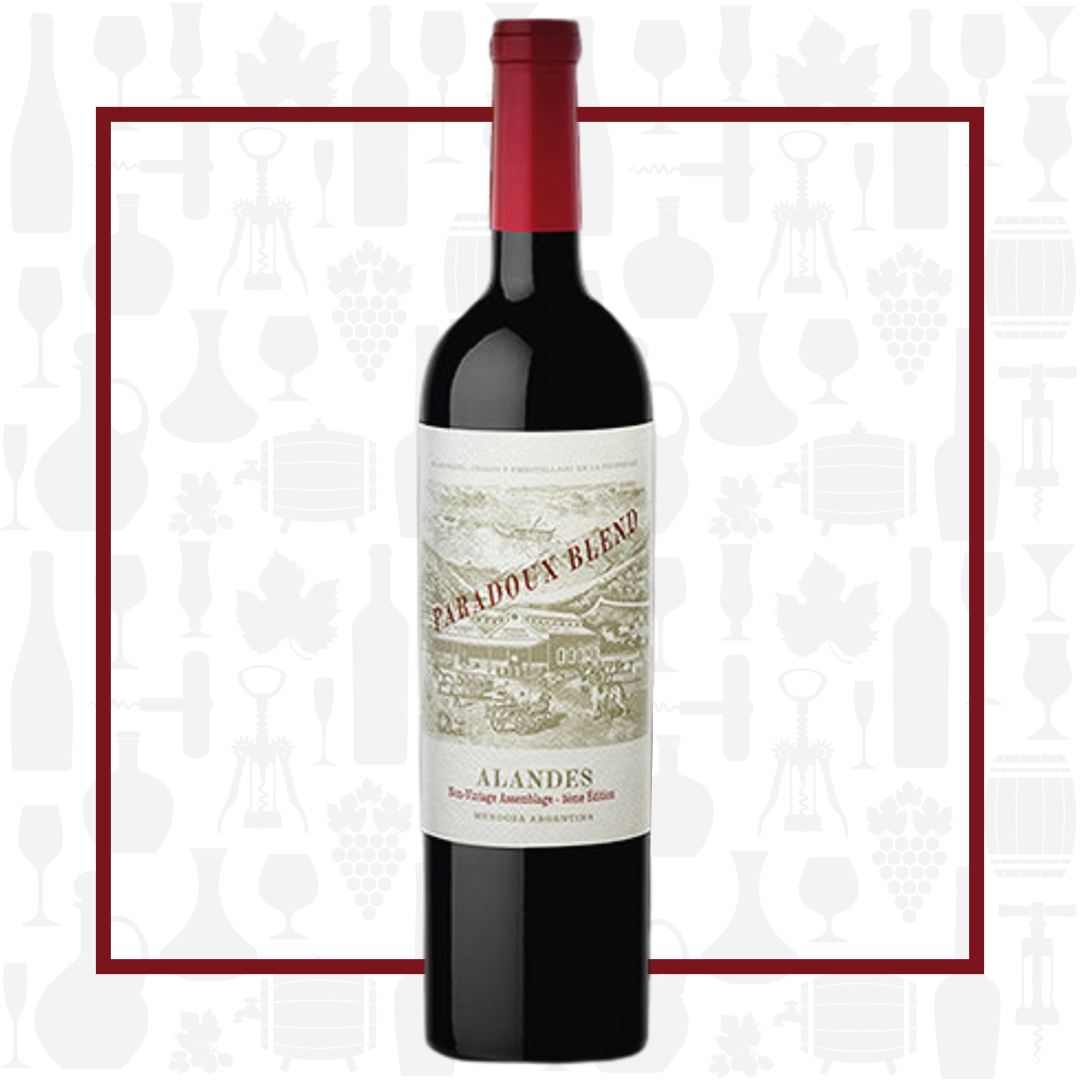Cellar Profile
Since 1999, Karim Mussi has been crafting sublime wines in the La Consulta region of the Uco Valley in Argentina. Mussi believes in terroir and seeks to bring out the the distinct nature of the vineyard and it’s original old-vine rootstocks in his finished wines. He has adhered to sustainable farming methods since the winery’s inception, takes a minimalist approach in the cellar and utilizes indigenous yeasts, in 100 year-old concrete vats, during fermentation. Altocedro’s work helped establish the La Consulta region, which was awarded one of the few Argentinean “Geographic Indication” Appellations in 2019. La Consulta vineyards sit as high as 1700m, allowing for plenty of sunlight, limited rainfall (particularly during the growing season) and huge diurnal temperature drops in the evenings to maintain acidity. The wines deliver purity of fruit, varietal character, balancing acidity and, in the case of the reds, silky, but apparent tannic structure. There is a touch of saline minerality on the finish to these that is the hallmark of high-altitude wines.
Region
With its near-dessert conditions, extreme elevation and wide diurnal shift, grape vines have proven to thrive in various regions of Argentina. With plantings dating back to the 1920s, the fruit from Uco Valley was originally used to add colour and acidity to the wines of warmer areas until winemakers in the 1990s saw larger potential for the region. Today, Uco Valley is producing some of the most influential wines of Argentina. The valley, which runs north to south, is 70 KM long and 40 KM at its widest in the south. It is capped by desert conditions, with cold winds blowing in from Patagonia. At its north end, hills reach 1400 metres+. To the east, the region runs into a series of gorges and dry riverbeds.
Vineyard
In terms of soil types, Uco Valley is more varied than many other Argentine wine regions. In the South, you will find sand and sandy loam while the northern portion of the valley is made up of more alluvial with outcrops of limestone. Campo de Los Andes, Alto Vista Flores and Los Arboles—the three vineyards from where this Malbec is sourced—range between 900-1200 metres above sea level with an average annual temperature of 14°C. Winemaker Karin Mussi practices sustainable farming with minimal intervention in the cellar.
Winemaking
Hand-harvested and hand-sorted fruit is whole bunch fermented in small concrete tanks. Each variety is vinified separately, then blended, sometimes from multiple vintages, before aging in French oak barriques for 18 months.
Varieties
A blend of the classic Bordeaux grape varieties, Paradoux Red is make up of 20% each of Cabernet Sauvignon, Merlot, Cabernet Franc, Malbec and Petit Verdot, Cabernet Sauvignon contributes balance and tannic backbone while Merlot adds weight and plushness, Cabernet Franc brings floral elements and elegance and Malbec adds complexity and weight. Petit Verdot — a grape known for its high acidity and tannin —is the most intriguing element here, providing additional structure and longevity, along with the acidity to make this big-bodied wine more lithe.
Tasting Notes
Big, bold dark fruits; plum, blackberry and cassis, along with mocha and some classic pencil shavings. On the palate, it’s plenty weighty, but the tannic backbone and marked acids make it far from ponderous. The dark fruits are not stewy or dried. The finish is long, fruit-driven and contemplative.

